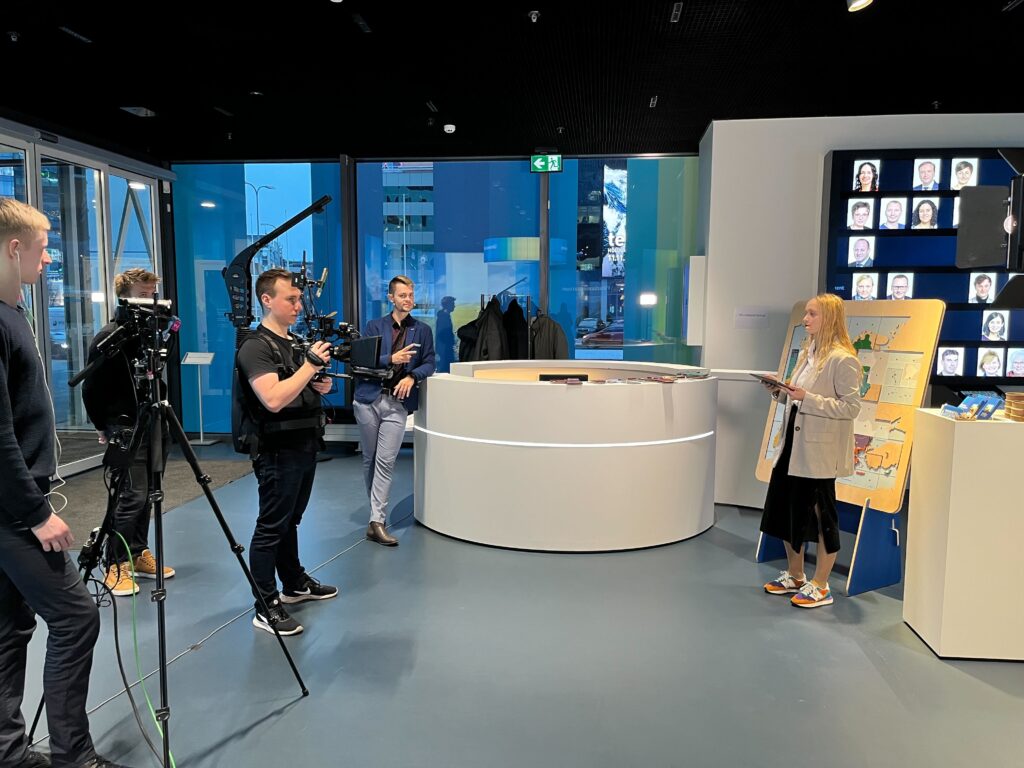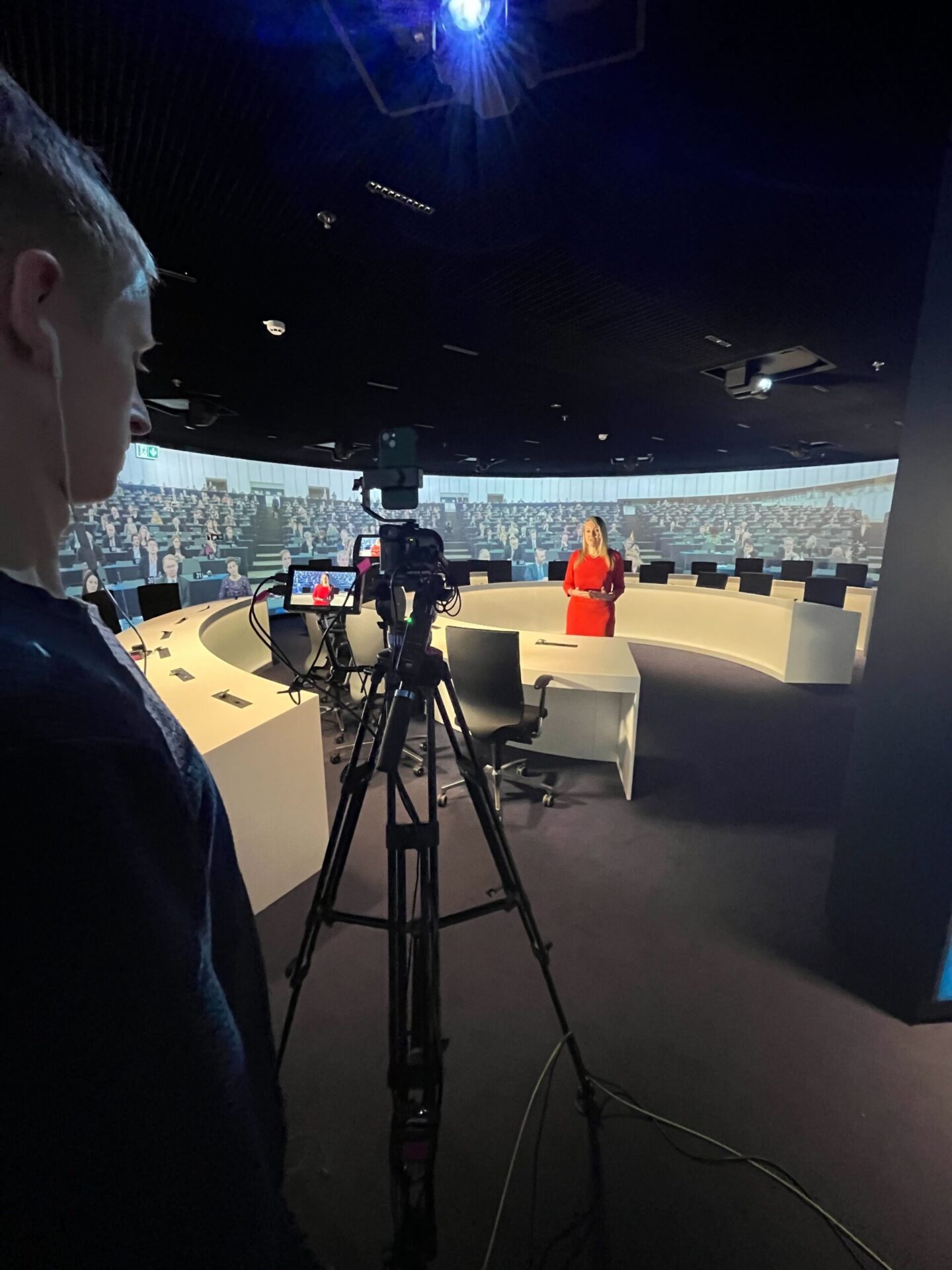The traditional education system faces numerous challenges, including a shortage of teachers, increasing expenses, and the closure of rural schools. To address these issues and provide equal learning opportunities to students across different locations, a pilot project called the Hyperlocal Classroom was conducted as part of the Accelerate Estonia experimental program. This case study explores the experiment, its findings, and the potential impact of hyperlocal classrooms on the education system.
How to adapt to the rapid development of society and the labor market?
With a shortage of teachers, decreasing populations, and urbanization trends, the traditional model of place- and time-centered learning is becoming increasingly inadequate. Funding models and regulations also hinder the development of innovative solutions in education.
The hypothesis of the Hyperlocal classroom experiment aimed to determine whether it was possible to deliver high-quality teaching across multiple schools simultaneously, with one teacher following the national curriculum.
The experiment focused on teaching the high school social studies course “Societal Development and Democracy” to ten different schools in Estonia. The course was led by an experienced social studies teacher, Kätlin Kuldmaa, who had previous experience in distance teaching. The experiment utilized a distributed learning approach, allowing students to work remotely while adhering to the national curriculum.

Objectives
- To assess the feasibility of conducting high-quality teaching across multiple schools simultaneously.
- To explore the potential benefits of hyperlocal classrooms, particularly in regions with a lack of teachers or overloaded supervisors.
The experiment yielded positive feedback from both students and teachers, demonstrating the effectiveness of the hyperlocal classroom model. An impressive 80.6% of respondents found hyperlocal learning to be highly suitable for their needs. The benefits identified included the ability to invite guest speakers, enhanced topicality of learning, and comparable effectiveness to traditional classroom learning.
Furthermore, the experiment emphasized the importance of student motivation and self-directed learning in hyperlocal classrooms. Students expressed a high regard for distributed learning and highlighted the need for increased personal motivation compared to traditional classrooms.
The results also highlighted the necessity for regulatory changes, allowing educational service providers to deliver equivalent educational services on a uniform basis. Opening up the education market to providers could help address the shortage of teachers and provide more options for educational institutions.

Key benefits
- Alleviates challenges in education, such as teacher shortages, rising expenses, and school closures in rural areas.
- Enables personalized learning through customized courses and content.
- Enhances scalability by disconnecting knowledge acquisition from specific locations, ensuring equal quality education in both small and large schools.
- Reduces the risk of educational institution closures by fostering co-learning spaces in rural areas.
The Hyperlocal Classroom experiment has demonstrated the potential to revolutionize the education system. By embracing innovative teaching methods and leveraging technology, hyperlocal classrooms can address the challenges faced by traditional education. The positive feedback from students and teachers, coupled with the identified benefits, highlights the need to explore and implement hyperlocal classrooms on a broader scale. Regulatory changes and increased support for educational service providers are crucial steps towards realizing the full potential of hyperlocal learning and ensuring equal opportunities for all students.
The experiment was carried through by: Miltton Events & Edumus
Lehari Kaustel, EXPERIMENT LEADER

